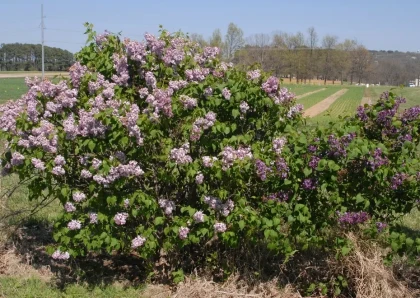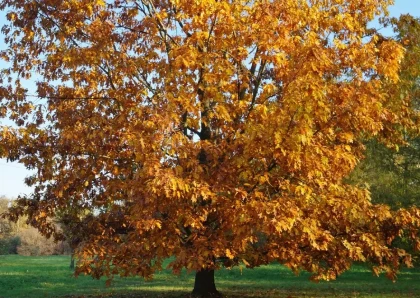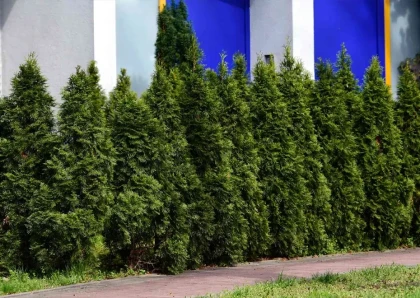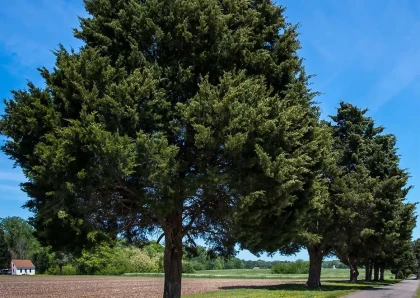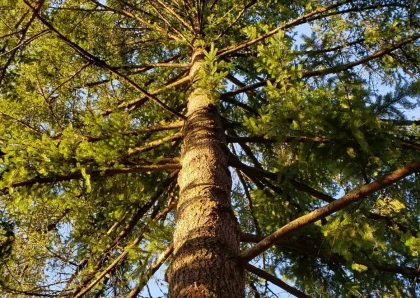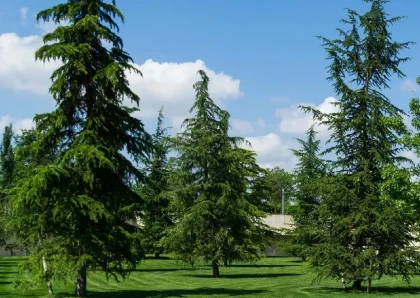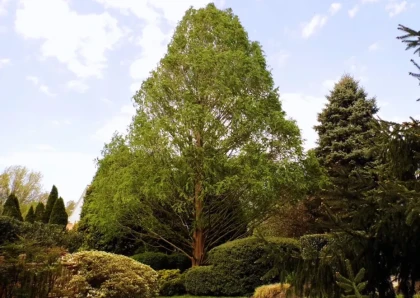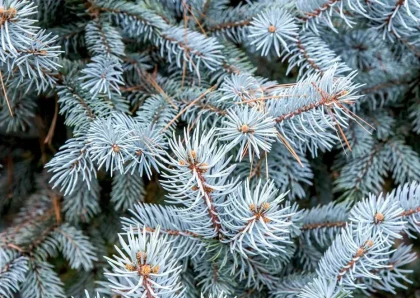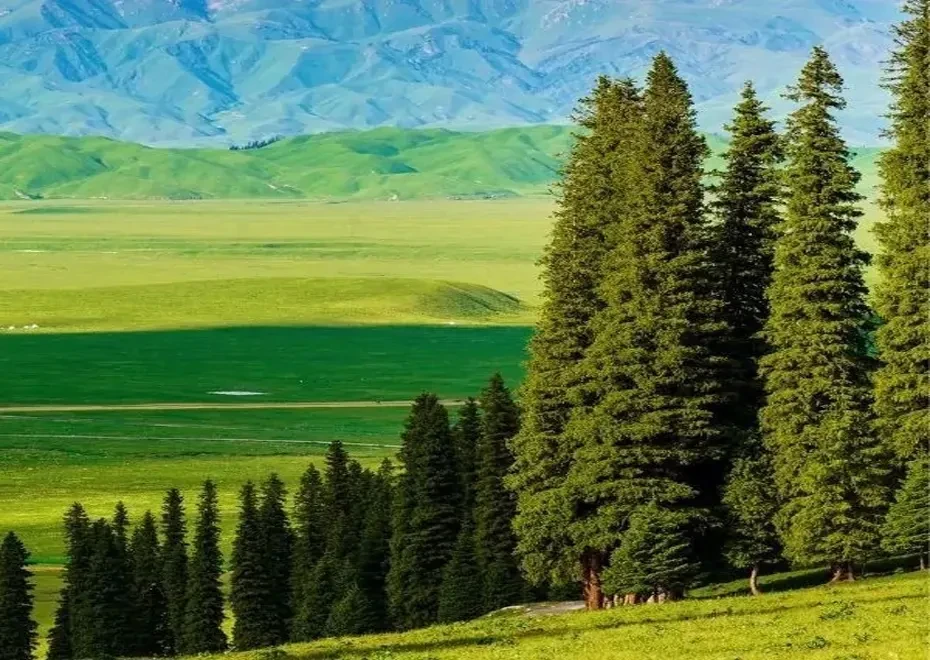
Schrenks Spruce
Overview
Schrenks spruce (Picea schrenkiana) is a spruce native to the Tian Shan mountains of Central Asia. It is a tall, slender tree that can grow up to 200 feet tall. The bark is grayish-brown and the needles are dark green. Schrenks spruce is a popular ornamental tree and is also used for timber and paper production.
Schrenks spruce is a coniferous tree that belongs to the Pinaceae family. It is a tall, slender tree with a narrow, pyramidal shape. The bark is grayish-brown and the needles are dark green. Schrenks spruce is a slow-growing tree and can live for centuries.
What are the different types of Schrenks Spruce?
- Typical Schrenks spruce: This is the most common type of Schrenks spruce. It has a narrow, pyramidal shape and grows up to 200 feet tall.
- Dwarf Schrenks spruce: This is a smaller variety of Schrenks spruce that grows up to 30 feet tall. It is often used as an ornamental tree.
Different types of wood products can be made from Schrenks Spruce?
The wood of Schrenks spruce is soft and light. It is used for a variety of purposes, including:
- Timber: Schrenks spruce is used for making lumber, plywood, and veneer.
- Paper: Schrenks spruce is used for making paper and cardboard.
- Fuel: Schrenks spruce is used as a fuelwood.
Benefits of using Schrenks Spruce
- Ornamental Schrenks spruce is a popular ornamental tree. It is tall and slender, with dark green needles. It can be planted as a single specimen or in a grove.
- Timber The wood of Schrenks spruce is soft and light. It is used for a variety of purposes, including making lumber, plywood, and veneer.
- Paper Schrenks spruce is used for making paper and cardboard.
Cons of using Schrenks Spruce
- Slow growth: Schrenks spruce is a slow-growing tree. It can take many years to reach maturity.
- Susceptible to pests and diseases: Schrenks spruce is susceptible to a variety of pests and diseases. These can damage the tree and reduce its lifespan.
Tips for planting and maintaining Schrenks Spruce
- Planting: Schrenks spruce should be planted in full sun. The soil should be well-drained and loamy.
- Watering: Schrenks spruce needs regular watering, especially during the first year after planting.
- Fertilizing: Schrenks spruce should be fertilized once a year in the spring with a balanced fertilizer.
- Pruning: Schrenks spruce does not need to be pruned regularly. However, you may want to prune it to maintain its shape.
Conclusion
Schrenks spruce is a beautiful and versatile tree. It is a popular ornamental tree and is also used for timber and paper production. However, it is important to be aware of the slow growth rate and susceptibility to pests and diseases before planting Schrenks spruce.
FAQs
- Is Schrenks spruce edible?
- How tall does Schrenks spruce grow?
- What is the lifespan of Schrenks spruce?
No, Schrenks spruce is not edible. The needles are toxic to humans and animals.
Schrenks spruce can grow up to 200 feet tall.
Schrenks spruce can live for centuries.
No listings available
Related Products
Golden Jubilee Peach Tree
Prunus persica 'Golden Jubilee' is a specific cultivar of peach tree. It is a deciduous fruit tree belonging to the Rosaceae family. 'Golden Jubilee'...
Gray Dogwood
Cornus racemosa, commonly known as the gray dogwood or northern swamp dogwood, is a deciduous shrub native to eastern North America. It belongs to...
Common Fragrant Lilac
Syringa vulgaris, commonly known as the Common Lilac or French Lilac, is a deciduous shrub belonging to the genus Syringa in the olive family...
European Beech Tree
The European Beech (Fagus sylvatica) is a deciduous tree species native to much of Europe, including parts of western Asia. It is one of...
Emerald Arborvitae Tree
The Emerald Arborvitae (Thuja occidentalis 'Smaragd') is a popular evergreen tree or shrub in landscaping and gardening. It belongs to the cypress family (Cupressaceae)...
Eastern Red Cedar Tree
The Eastern Red Cedar, scientifically known as Juniperus virginiana, is a species of evergreen tree native to eastern North America. It belongs to the...
Douglas Fir Tree
The Douglas Fir (Pseudotsuga menziesii) is an evergreen coniferous tree that belongs to the Pinaceae family. It is one of the most common and...
Deodar Cedar Tree
The name "Deodar" is derived from the Sanskrit words "deva" (meaning "god") and "daru" (meaning "wood" or "tree"), hence it is often referred to...
Dawn Redwood Tree
The Dawn Redwood tree, scientifically known as Metasequoia glyptostroboides, is a deciduous coniferous tree that belongs to the family Cupressaceae. It is a unique...
Colorado Blue Spruce Tree
The Colorado Blue Spruce, scientifically known as Picea pungens, is a species of coniferous tree belonging to the Pinaceae family. It is native to...
Questions & Answers
What do you want to know about this product?
Reviews (5)
GreenThumbGuru101
A Stately Addition to Any Landscape
Planted a Schrenk's Spruce last spring. Stunning silvery-blue foliage became the neighborhood talk! Adds year-round interest, even in winter. Thriving well.
EvergreenExpert88
Hardy & Beautiful Tree
Schrenk's Spruce lives up to the hype. Survived our harsh winter effortlessly, yet hasn't lost its charm. Lovely icy blue touch to my garden, highly recommended.
ForestryFanatic42
A Trustworthy Windbreak
Schrenk's Spruce is more than just aesthetics. Planted a row as a windbreak - doing an excellent job. Requires minimal care but gives maximum results.
NatureNerd73
Schrenk's Spruce, the Frosty Showstopper
Its silvery-blue hue stands out among all trees in my yard. Minimal care needed but it grows steadily. Creates a magical, frosty vibe all year round.
FrostyFloraFan54
Outstanding Tree for Cold Climates
As a professional landscaper in a cold region, Schrenk's Spruce is a go-to. It thrives even in sub-zero temps, maintaining its vibrant color. A hardy & stylish pick!






